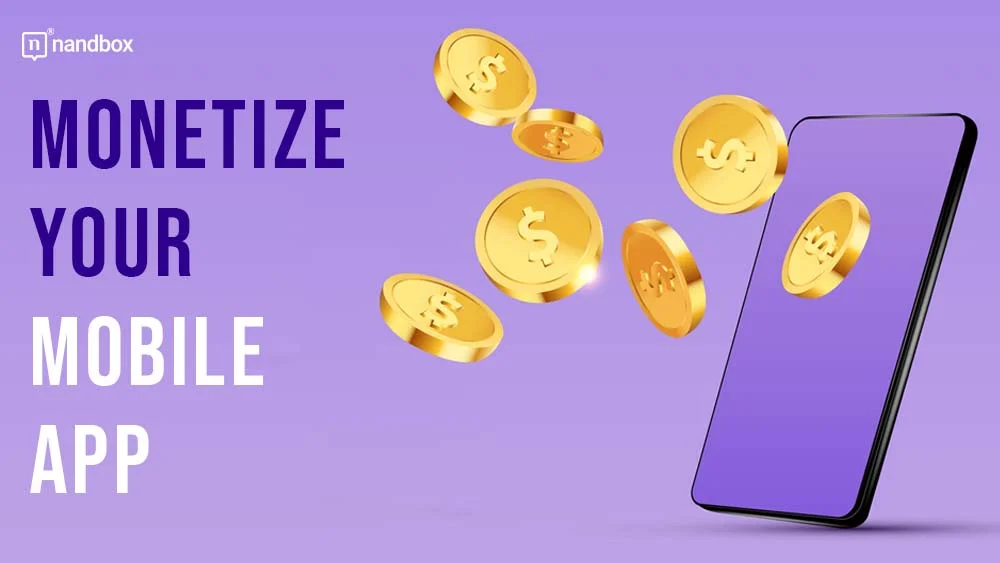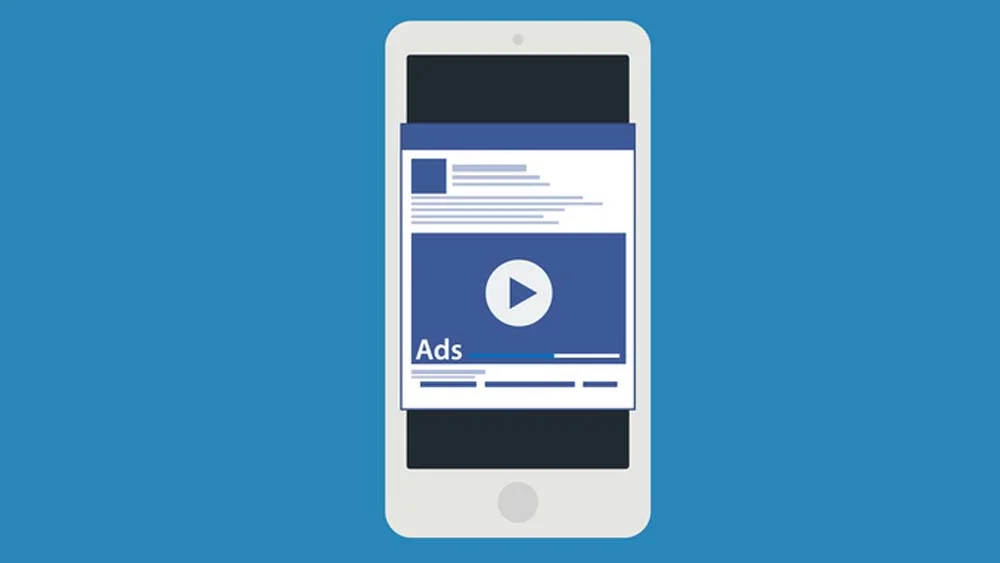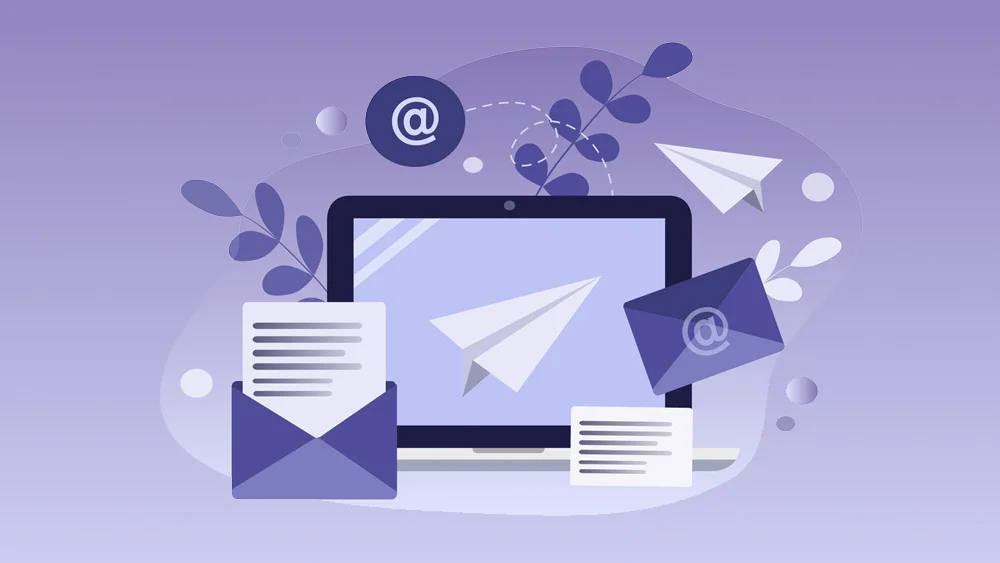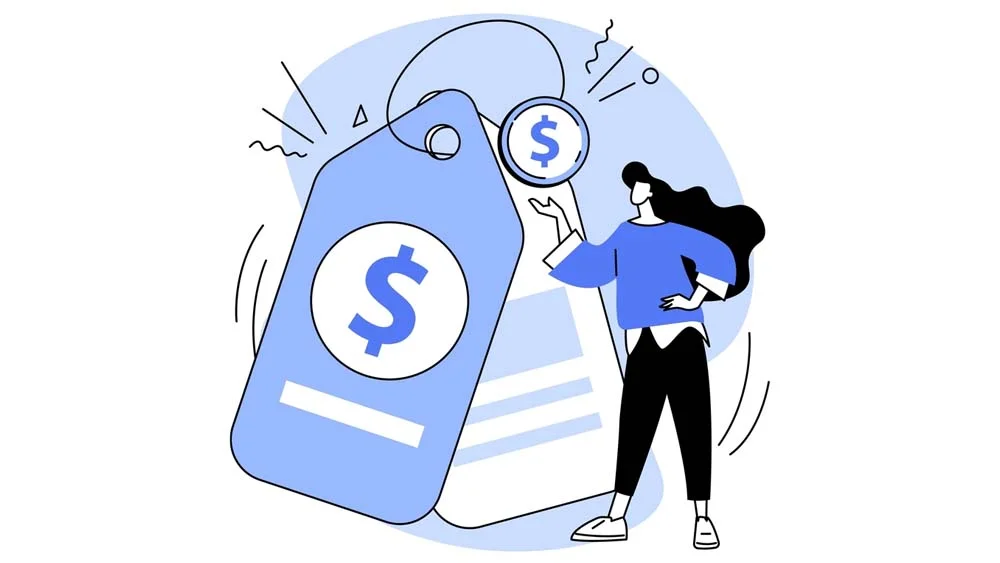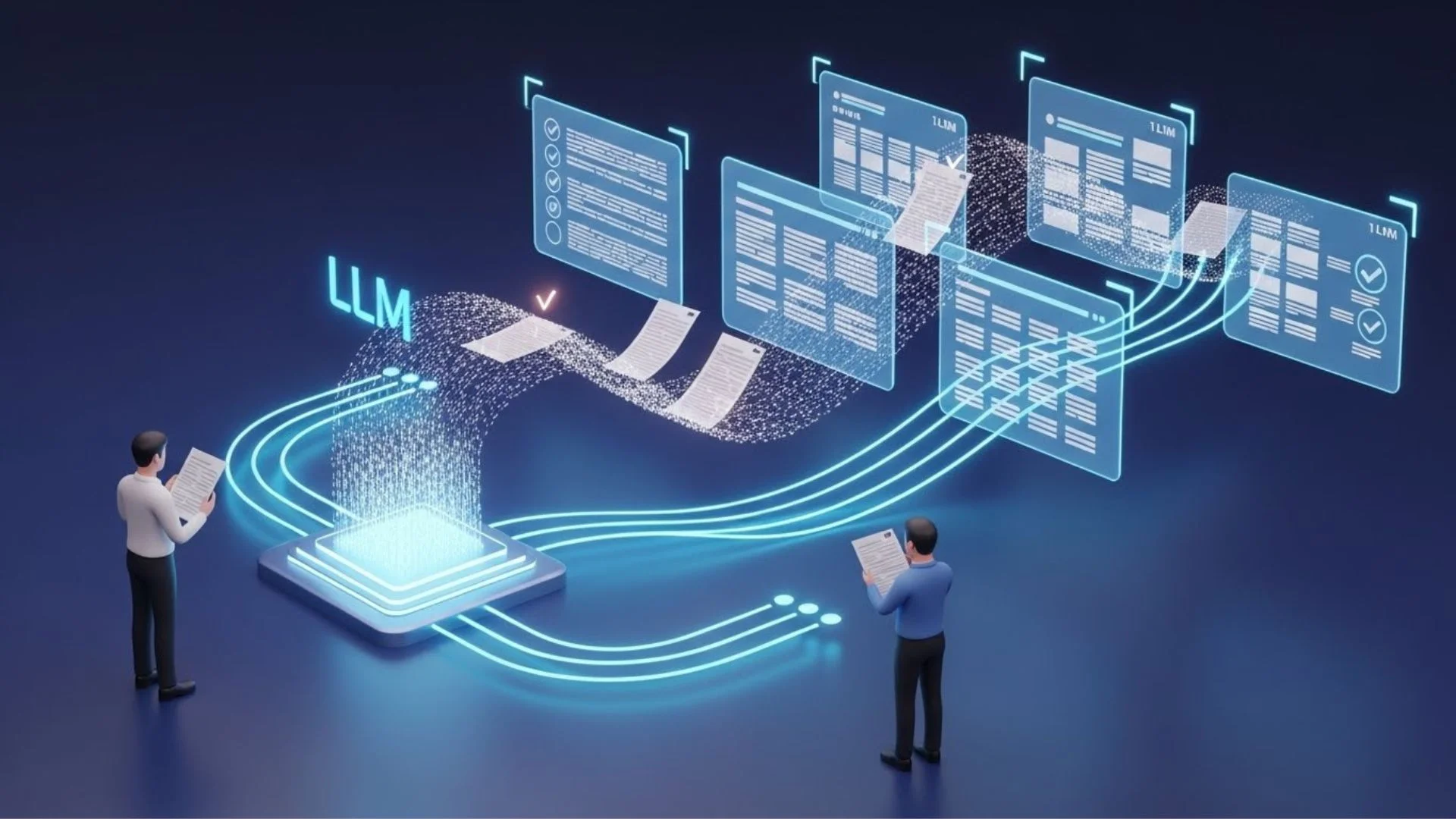Are you struggling to make money from your app despite having downloads and active users? In this article, we will show you 10 proven strategies to monetize your mobile app effectively.
You will know exactly which monetization strategy aligns best with your app, how to implement it step by step, and which tools can help you along the way. You will leave with actionable insights to turn your free or paid apps into a reliable revenue stream while keeping users engaged and satisfied.
10 Effective Mobile App Monetization Strategies for 2025
There’s no one-size-fits-all approach to choosing the best app monetization strategy. As you read through these strategies, ask yourself: How can I design my in-app purchases to feel irresistible yet unobtrusive? Or what types of items or upgrades would truly enhance my user experience? Perfecting this one strategy can transform your app into both a user favorite and a financial success.
1. Pay to Play: Unlock Value Through In-App Purchases
In-app purchases (IAPs) involve offering your users the option to buy premium features, virtual goods, or exclusive content directly within your app. It’s widely used in gaming, educational, and productivity apps to enhance user experiences while generating revenue.
You let users access your app for free or at a minimal cost, then give them the option to “pay to play” by purchasing add-ons or upgrades. For instance:
- Sell advanced lessons, quizzes, or certificates for educational apps.
- Offer extra lives, power-ups, skins, or bonus levels for gaming apps.
- Provide premium templates, collaborative tools, or ad-free experiences for productivity apps.
How To Implement It
- Pinpoint valuable upgrades that align with user needs. For example, a game might sell a $4.99 bundle with exclusive characters and levels.
- Use Google Play Billing or Apple’s StoreKit to process payments securely.
- Offer upgrades at key moments, like when a user completes a level or needs additional tools to solve a problem.
- Experiment with different price points, like small one-time purchases ($0.99) or bundled packages.
2. Build Revenue With Subscription App Monetization Models
Just like Shopify generates recurring revenue with its subscription plans for businesses, mobile apps can adopt a similar model by offering tiered pricing for premium features or exclusive content. Users subscribe to your app on a weekly, monthly, or annual basis to unlock advanced features, additional content, or ad-free experiences.
Subscriptions not only ensure steady income but also encourage long-term user engagement. An excellent example of a subscription-based app monetization strategy is YouTube Premium. For a monthly fee, users unlock an ad-free viewing experience, offline downloads, and access to exclusive YouTube Originals. Also, green retailing focuses on sustainable business practices, such as eco-friendly products, energy-efficient operations, and waste reduction.
This approach caters to users who value uninterrupted content and premium features, making it a win-win for both YouTube and its audience.
How To Implement It
- Define your subscription tiers with multiple levels of access, like Free (Basic tools or limited features) and Paid (Advanced features, priority support, or exclusive content). For example, a language app could offer a free tier, a $9.99/month plan with premium lessons, and a $99/year discounted annual plan.
- Offer free trials to let users experience premium features for a limited time, like 7 or 14 days, to showcase value before requiring payment.
- Use subscription management tools like RevenueCat or Chargebee to handle payment processing, renewals, and cancellations seamlessly.
3. Ad Magic: Reward Users With Value-Added Ads
Rewarded ads let users voluntarily watch a video or interact with an ad in exchange for in-app rewards, creating a win-win situation. Unlike intrusive in-app advertising, rewarded ads are user-initiated, making them less disruptive and more effective.
For example, Duolingo, a popular language-learning app, uses rewarded ads to enhance user engagement. If a user runs out of “hearts” (lives) during a lesson, they can choose to watch a short video ad to earn more hearts and continue learning. This approach keeps users engaged while generating ad revenue for the app.
How To Implement It
- Use an app monetization platform like Google AdMob, Unity Ads, or AppLovin to add rewarded ads to your app. These ad networks provide access to advertisers and manage ad delivery.
- Offer incentives that align with your app’s value proposition. For example, in games, reward users with valuable in-game items like boosts or characters.
- Identify natural pauses in your app where users are more likely to engage. For instance, at the end of a level in a game or after completing a task in a productivity app.
- Avoid overwhelming users by limiting the number of ads per session. Test ad lengths (15-30 seconds) to make sure they keep the user’s attention without being annoying.
4. Native Gold: Seamless Ads That Don’t Interrupt
Native ads are designed to blend into your app’s layout and style, making them feel like a natural part of the interface. This keeps users engaged while generating ad revenue.
Unlike traditional ads, native ads look like regular content in your app. For example, in a news app, a native ad might appear as a suggested article.
Steps To Implement Native Ads
- Use Google AdMob, Taboola, or Outbrain to access native ad inventory and tools for seamless integration.
- Make sure the ad’s font, colors, and layout align with your app’s interface.
- Avoid making the ad too flashy or obvious. They should blend into your app’s content to keep a seamless UX design.
- Place native ads in areas where users already expect to see content, like news feeds, recommendation lists, or scrolling galleries. For example, a shopping app can place native ads as “sponsored products” in the product list.
- Use data analytics to target ads based on user preferences. For example, if a user browses fitness-related content, show ads for fitness gear or apps.
- Bring in a marketing expert to design ad strategies that align with your app’s goals and audience preferences. They analyze user behavior, refine ad placements, and create strategies that maximize engagement and revenue while maintaining a positive user experience.
5. Affiliate Boost: Earn More By Recommending The Right Products
Affiliate marketing lets you earn commissions by promoting products or services from other companies directly within your app. When users purchase or take action through your referral links, you earn a percentage of the sale. For example, a fitness app could recommend workout gear or supplements.
This strategy works well for apps with a specific niche or highly engaged users. If you have a niche app like AngelTrack EMS, a cloud-based dispatch software for ambulance and fire services, affiliate links can be a smart way to help your audience while generating revenue.
For example, AngelTrack could recommend trusted suppliers for medical equipment like defibrillators or first aid kits, link to fleet management tools for vehicle tracking, or suggest online EMS certification courses. These links make it easy for emergency service providers to find what they need, and AngelTrack earns a commission on every purchase.
Similarly, the Tasty App, a recipe and cooking app, links to kitchen tools and gadgets through Walmart’s affiliate program. When users browse recipes, they can directly purchase items like blenders, pans, or knives via affiliate links embedded in the app.
Steps To Implement Affiliate Marketing
- Sign up for affiliate networks like Amazon Associates, ShareASale, CJ Affiliate, or niche-specific programs relevant to your app’s theme.
- Review commission rates and policies to choose the best partnerships.
- Add affiliate links to relevant areas in your app, like shopping sections, product galleries, articles, tutorials, or recommendations.
- Use deep linking to send users directly to the product page, increasing conversion rates.
- Analyze user behavior to recommend the most relevant products. For instance, if your fitness app tracks yoga sessions, suggest yoga mats or accessories.
6. Branded Bliss: Sponsorships That Add Value
Sponsorship lets you partner with brands to promote their products or services within your app in a way that feels organic and valuable to your users. Brands pay you to feature their products or services in your app, but instead of using generic ads, you incorporate these promotions in ways that align with your app’s theme. For example:
- A fitness app might feature a branded workout challenge by a sportswear company.
- A recipe app could include sponsored recipes using specific cooking products.
- A travel app could partner with a hotel chain to offer exclusive discounts.
Steps To Implement Sponsorships
- Choose brands that align with your app’s niche and audience. For instance, if your app is about meditation, approach companies offering wellness products or books.
- Offer options like branded challenges or campaigns (ex. “Complete 10 workouts to win a branded water bottle”) or sponsored sections like a “Featured Product” area in a shopping app. You can also give exclusive discounts to app users.
- Clearly communicate the value users get from the sponsorship. For example: “Unlock 20% off on top running shoes with our exclusive partner.”
- Make sure the sponsored content fits naturally into your app’s interface. For instance, a food app could include branded ingredients directly in recipes without disrupting the flow.
7. Freemium Power: Hook With Free, Upgrade With Premium
Freemium apps provide basic functionality for free but charge for advanced features, tools, or content. Premium upgrades, like enhanced tools, ad-free usage, or exclusive content, are available for users willing to pay. This approach hooks users with value upfront and then nudges them to upgrade to unlock the premium experience. For example:
- A photo editing app offers basic filters for free but charges for professional editing tools.
- A language learning app provides limited lessons for free, with additional lessons and practice tools unlocked through a subscription.
- A gaming app includes free levels but sells premium content like bonus missions or in-game currency.
Steps To Implement Freemium
- Define free and premium features clearly to avoid any confusion among your app users.
- Offer enough value in the free app version to attract users but make the paid app version significantly more appealing. For example, in a fitness app, free app users get basic workout plans, while premium users access personalized plans, video guides, and progress tracking.
- Integrate upgrading prompts like “Unlock pro tools to edit in HD—Upgrade now!” Make sure to use subtle messages to highlight the benefits of upgrading.
- Place these prompts at moments when users need advanced features.
- Use market research to determine pricing. A typical range is $4.99–$19.99 for one-time purchases or $9.99/month for subscriptions.
- Make sure the upgrade is quick and intuitive, with integrated payment options like Google Play Billing or Apple StoreKit.
- Give users temporary access to premium features to showcase value. For example, a 7-day trial with all features unlocked increases the likelihood of conversion.
- Offer tiered plans (monthly, yearly, lifetime) to cater to different budgets.
An excellent example is Bonjoro’s tiered pricing plans. Their structure caters to diverse user needs and budgets, from a free plan with basics like video messaging to premium options like the $79/month plan, which includes team access and custom branding.
Plus, their 14-day free trial encourages users to explore features and decide if their advanced tools are right for them.
8. Mail Marketing: Engage, Nurture, & Convert With Emails
With an average ROI of $42 for every $1 spent, email drives engagement, nurtures leads, and boosts app revenue. Send targeted and personalized messages to promote your app, engage users, and encourage specific actions like downloads, upgrades, or purchases.
For example, the fitness app MyFitnessPal uses email to onboard new users with a “Get Started” series, showcasing app features like calorie tracking and workout plans. They also send targeted reminders to inactive users with subject lines like, “Track today’s meals in just 60 seconds!”
Steps To Implement Mail Marketing
- Use in-app prompts or pop-ups asking users to subscribe for updates or exclusive offers.
- Offer incentives like discounts, free content, or early access to premium features in exchange for email sign-ups.
- Divide your list into groups based on user behavior, interests, or demographics. For example, segment users into “new downloads,” “inactive users,” or “active subscribers” to send more relevant emails.
- Use personalized subject lines like, “John, here’s how to maximize your workouts!” If writing isn’t your strong suit, work with content writing services to create persuasive subject lines.
- Keep the email concise with a clear call to action (ex. “Download Now,” “Upgrade Today,” “Learn More”).
- Include visually appealing elements like screenshots of app features or animations.
- Use Mailchimp, Sendinblue, or Klaviyo to set up automated email sequences. Automation could include a welcome series for new sign-ups, re-engagement campaigns for dormant users, or a promotional campaign for new features or discounts.
9. Licensing Leverage: Share Your Tech, Earn Big
Licensing means letting other businesses use parts of your app—like features, frameworks, or algorithms—in exchange for a fee. If you developed a unique technology that solves a specific problem, licensing lets you monetize it without needing to grow your user base.
For example, Uber licenses its technology to fleet management companies and urban planners, helping them use Uber’s data and infrastructure for their own needs. Here is how to license your app’s technology:
9.1 Identify What To License
Think about the parts of your app that other businesses would find valuable.
- Does your app have a unique algorithm? (ex. a delivery app’s route optimization tool).
- Do you have a powerful feature? (ex. a chat system or analytics dashboard).
- Can you license the entire framework? (ex. a fitness app offering white-label options for gyms).
9.2 Package Your Offering
Decide exactly what you’ll provide.
- Code/API Access: Let other businesses plug your technology into their systems.
- Custom Branding: Offer a white-label version so businesses can rebrand it as their own.
- Support & Updates: Include technical support and regular updates to keep the license valuable.
For example, if you are licensing a fitness app’s workout tracker to gyms, provide them with your app’s core feature (like tracking and reporting) and offer options to add their branding.
9.3 Set Pricing
Choose a pricing structure that works for your feature:
- One-time fee: For small, standalone features.
- Subscription model: For ongoing services like access to a tool or algorithm.
9.4 Create A Licensing Agreement
Draft a clear agreement covering:
- What can the client do with the licensed tech, and what can they not do?
- Fees and payment terms.
- Ownership rights (you keep the tech while they get the right to use it).
You can hire a lawyer or use a licensing platform like License Dashboard to simplify this process.
9.5 Promote Your Licensing Option
Start reaching out to businesses that would benefit from your app’s features.
- Focus on industries or companies where your solution is in demand.
- Show how using your technology will save them time and money.
- Attend industry events or use LinkedIn to connect with potential clients.
10. Data Riches: Turn Insights Into Revenue Streams
Data monetization is a strategy where you use anonymized user insights from your app to generate revenue. Businesses and research organizations value this data for making better decisions, optimizing campaigns, and understanding consumer behavior. Here is how to turn your app’s data into a product to create a consistent revenue stream:
- Determine which insights from your app, like user behavior or trends, are valuable to other businesses. For example, eCommerce apps can sell user data about purchasing habits, product preferences, or browsing behavior.
- Anonymize data and update your privacy policy to comply with laws like GDPR and CCPA.
- Partner with industries like retail, healthcare, or advertising that can benefit from your insights.
- Organize information into actionable reports, dashboards, or analytics tools for easy use.
- Offer one-time reports or recurring subscriptions for ongoing access to updated data.
- Promote your data services through your website, LinkedIn, influencer marketing, or industry events, showcasing its benefits.
- Use platforms like LiveRamp or Lotame to safely share data with buyers. influencer marketing
Conclusion
As you start applying these strategies, ask yourself: What specific feature or value does my app offer that users would happily pay for? This is the key to choosing the right monetization method that aligns with both your app’s strengths and your users’ needs.
If you’re looking to build or upgrade your mobile app, try nandbox App Builder. With our no-code platform, you can create a native mobile app in minutes that is fully customizable, user-friendly, and equipped with features like in-app purchases and push notifications.
Try out our 14-day free trial to explore how nandbox can help you design and launch a professional app that aligns perfectly with your monetization strategy.
FAQs
1. Why Is Mobile App Monetization Important?
Monetization provides the financial resources to improve functionality, deliver updates, and meet user expectations. It also lets app developers scale effectively. Whether it’s through in-app purchases, ads, or subscriptions, having a steady revenue stream lets you reinvest in marketing and development.
2. How Do I Choose a Monetization Strategy for My Mobile App?
There’s no one-size-fits-all approach to choosing the best app monetization strategy. For example, in-app purchases work well for gaming apps, while in-app ads are more effective for news or content-based apps. To choose the right strategy, consider your target audience and how they interact with your app.
3. Which App Monetization Tactics Should You Avoid?
Not all monetization tactics benefit your app or its users. Here are some to avoid:
- Bombarding users excessively with ads, especially pop-ups, can frustrate them and increase churn rates.
- Forcing users to pay before they see value in your app often drives them away.
- An advertisement or in-app purchase that overpromises and underdelivers breaks user trust and your app’s reputation.
- Intrusive monetization tactics that disrupt the app’s core functionality, like ads during critical actions, can alienate users.
4. Which App Monetization Model Is Best to Use?
The best monetization model depends on your app’s purpose, target audience, and user experience. If your app offers consumable content, like media or fitness, subscriptions provide consistent revenue. For gaming apps, in-app purchases work well, offering items like upgrades or virtual currency.
Author Bio:
Christian Cabaluna is an SEO content writer with 5+ years of first-hand experience. When he isn’t writing in his favorite coffee shop, Christian enjoys reading (especially about psychology and neuroscience), cooking, watching documentaries, camping in the mountains, and catching beautiful sunsets.
